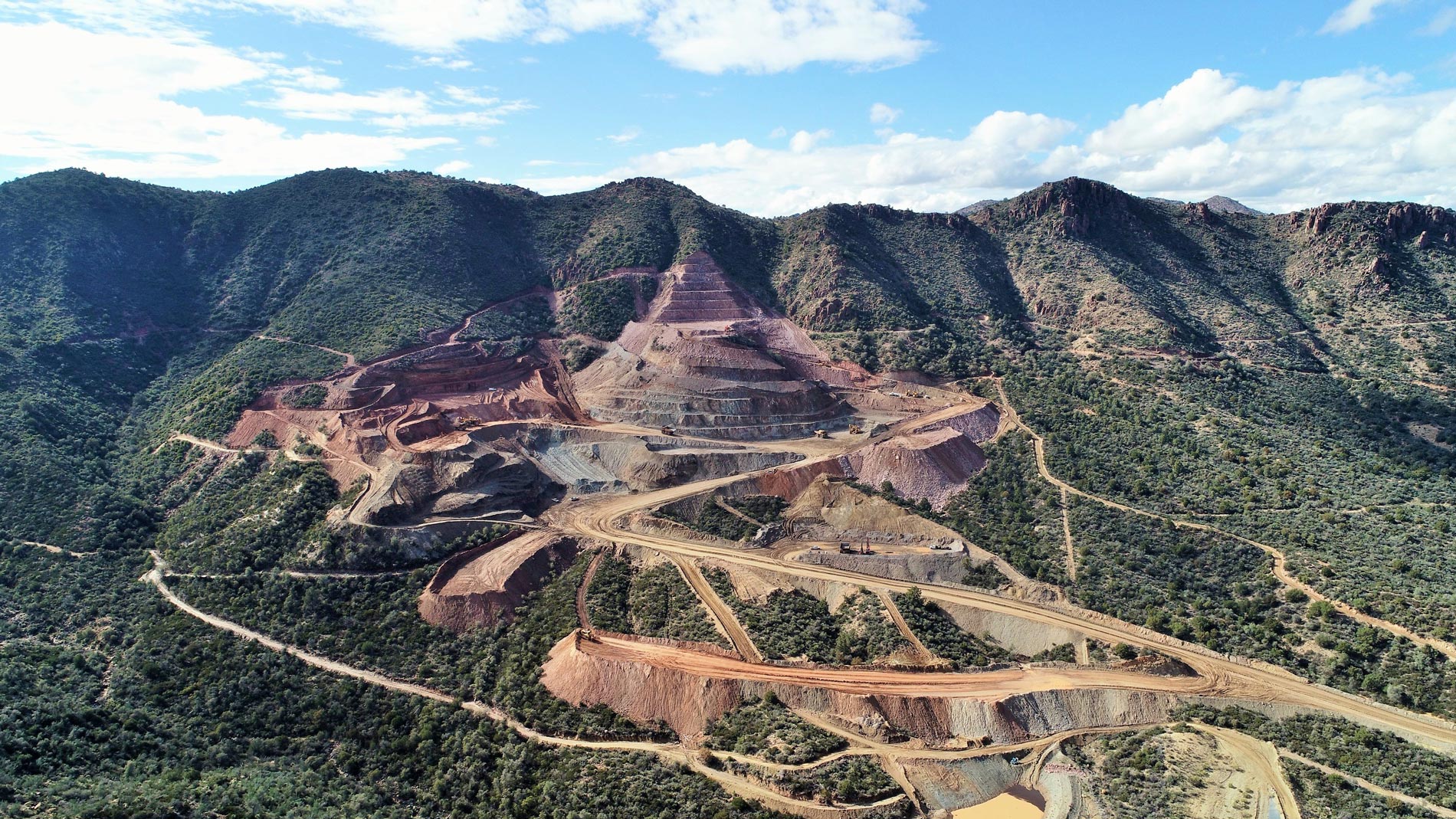Certain events, in particular ones related to weather, such as storms, floods, fires, gales, which might destroy the infrastructure and disrupt the supply chain (severe physical risk).
(Corporate risk category: Value Chain, External, Internal)
Threats
A consequence of the increased frequency of extreme weather events can be an infrastructure breakdown disrupting the Core Production Business.
KGHM Polska Miedź S.A. is exposed to a specific risk related to the underground climate, limiting activities or increasing costs, involving geological conditions, the temperature of the air sent into the mines and underground mining conditions.
A possible disruption of the supply chain and logistics as a result of extreme weather events onshore and offshore
Mitigation:
Preventive management of key infrastructure elements affecting production continuity. Appointment of a task and expert teams in the area of counteracting infrastructure breakdowns.
The use of solutions to counteract underground climate risk using neutral means (e.g. the use of short airways and directing air from the lowest temperature rockmass, high-speed air) and through the use of central, workplace and personal air conditioning. Ongoing monitoring of the microclimate parameters and introduction of remote control and visualisation and surveillance systems (CCTV cameras) in workplaces with particularly adverse climate parameters. Reduction of external and internal losses and relative humidity and increase in airing intensity. The use of shortened working time.
Constant contact with suppliers is maintained to enable a quick reaction to delays through the supplier and supply direction diversification strategy employed in the KGHM Group and application of alternative solutions, e.g. substitutes, changes in production/assembly schedules.

